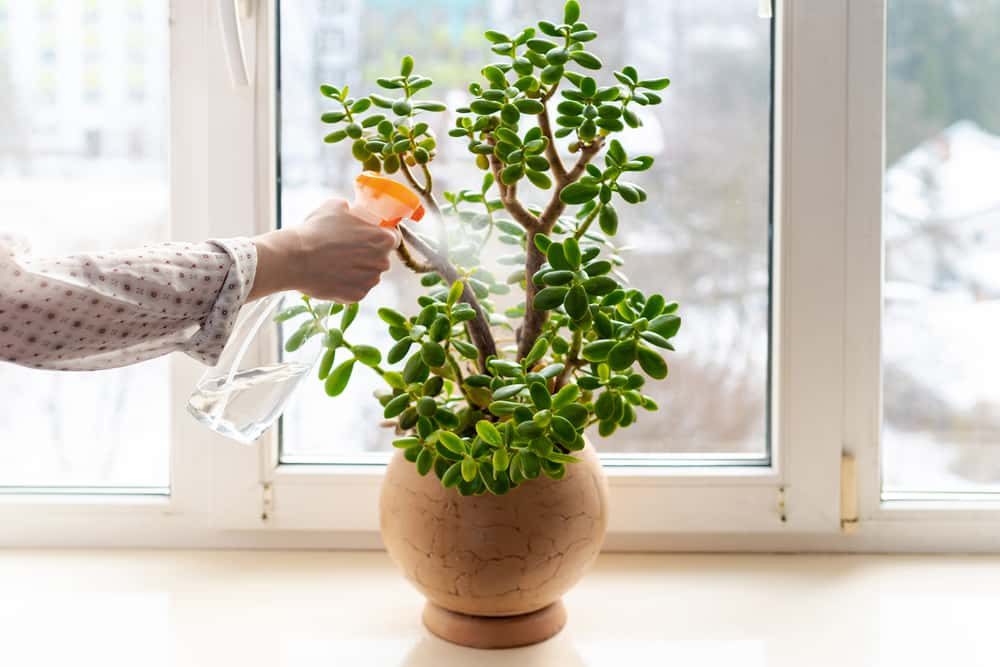Indoor plants have slowly become a part of our home decor for all the right reasons. After all, houseplants are best for cleaning and purifying the air inside your home. Some indoor plants work as a perfect ornamental piece that one can use to decorate living rooms and other spaces.
For decades and even centuries, different types of jade plants have been popular and frequently used as typical houseplants worldwide. Jade plants are also used as landscape plants in places with mild climates. Jade plants are considered lucky and symbolise wealth, good luck, and prosperity.
You must have heard the saying- ‘Jade by the door, poor no more.’ However, jade plants are not merely popular because of this reason.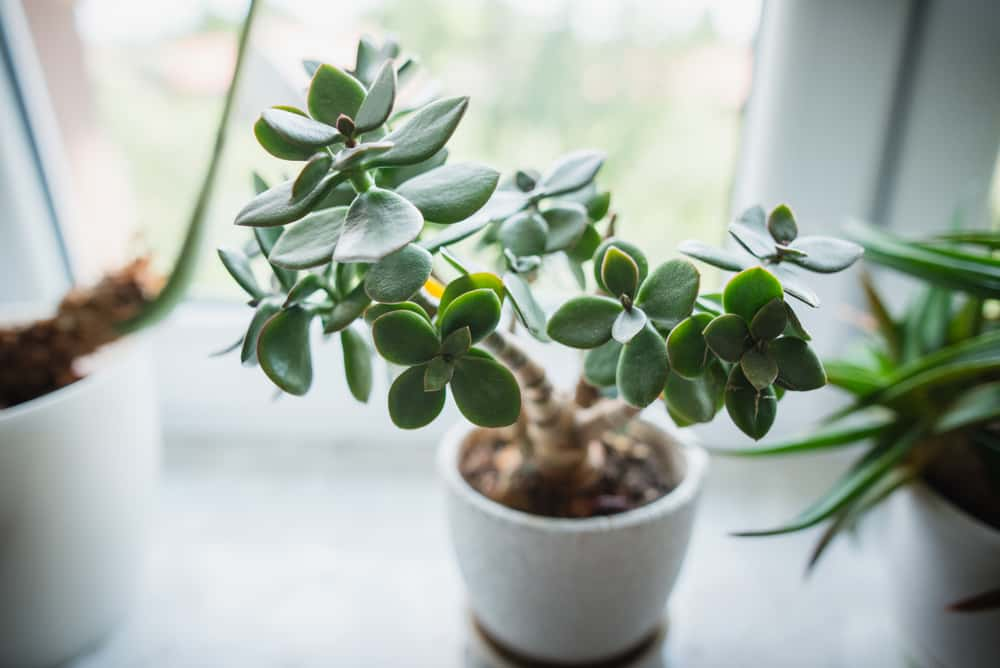
What Are Jade Plants?
Jade plants are succulent plants belonging to the Orpine family (Crassulaceae). Jade plants go by the scientific name Crassula ovata and are native to South African continents. Over the years, many types of jade plants have been extensively grown in Asia, Europe, and America. These types of jade plants are less commonly also known as friendship plants, silver dollar plants, or money plants.
Some nurseries may sell many types of jade plants under these older (and incorrect) names. However, many experts argue that money and jade plants are structurally and functionally different. Jade plants have small and rounded leaves, making them evergreen shrubs. These shrubs can grow up to six feet on dry, rocky hillsides. Jade plants have various short, thick, and succulent branches.
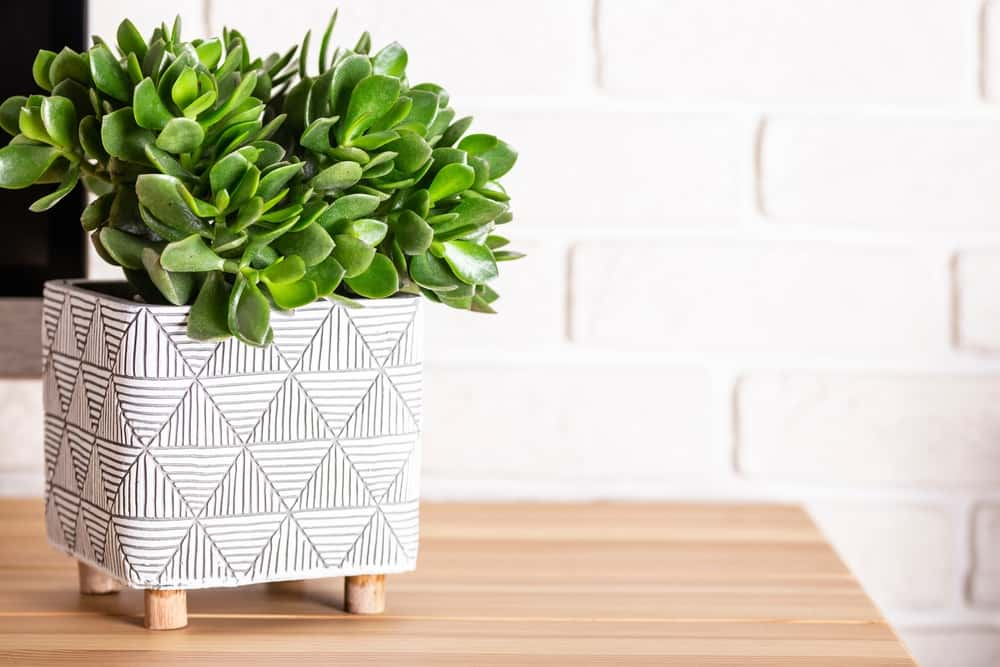
Usually, the leaves are light or bright green, but as they age, they tend to develop horizontal brownish strips on the tip of the leaves. Their rounded egg-shaped leaves have an average length of one to about three and a half inches and a width ranging between three-fourths and one and a half inches.
However, the typical feature of leaves may vary depending on the jade plant varieties you own. For instance, variegated Gollum jade plants tend to have slightly longer and bigger leaves. Similarly, they have an orange tint and spoon-like shapes, unlike the typical egg shape.
Advantages of Jade Plants
Jade plants offer many benefits that are not merely limited to their purification properties. Here are some of the advantages common among all types of jade plants:
- To begin with, jade plants are hard-to-kill and easy-to-grow succulent plants that store water in their leaves, roots, and stems.
- What makes jade plants the perfect indoor plants is their ability to grow well in compact spaces and restricted containers.
- They also tend to grow relatively slow than money plants, making them easy-to-maintain indoor plants.
- In many countries, jade plants are also used as a herbal treatment for nausea and diabetic symptoms.
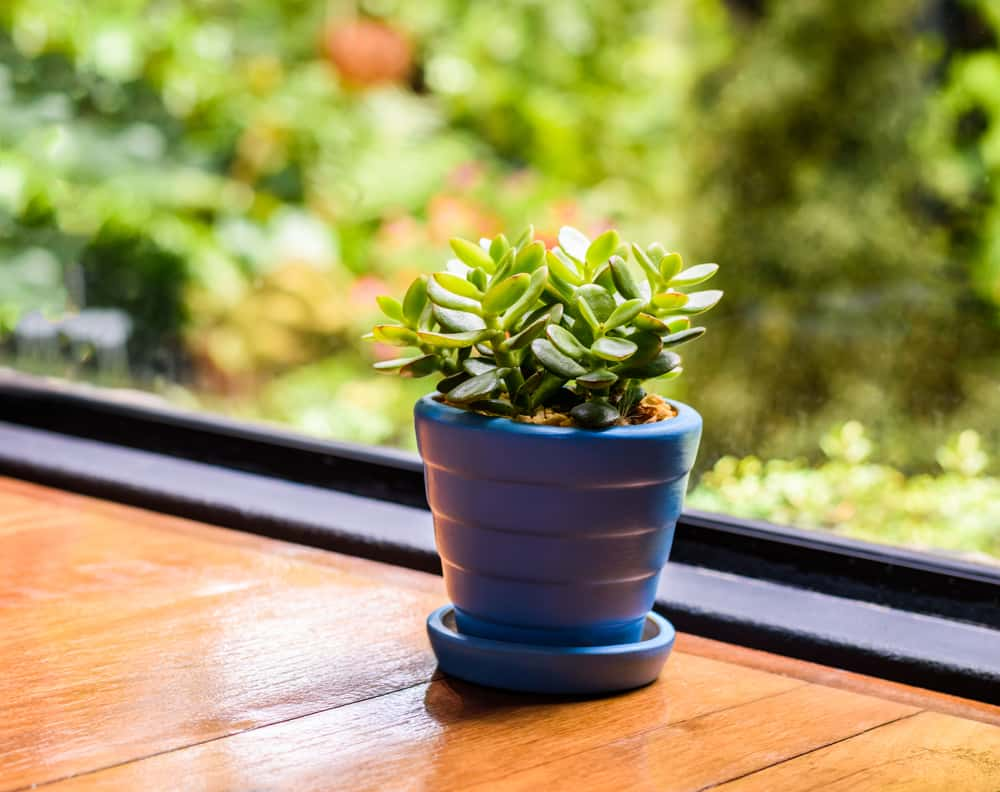
Different Types of Jade Plants
Widely known for their smooth, green leaves and pink and white flowers, jade plants are one of the most popular indoor plants worldwide. There are many types of indoor jade plants. However, not many are aware of them.
Most of these jade plant varieties have been recently cultivated, for which they have received worldwide praise and recognition. The Hummel’s sunset in one type of jade plant that received the Royal Horticultural Society’s Award.
So, let us talk about some of the most popular types of jade plants with pictures to help you spot them easily in your local nursery.
Silver Dollar Jade Plants
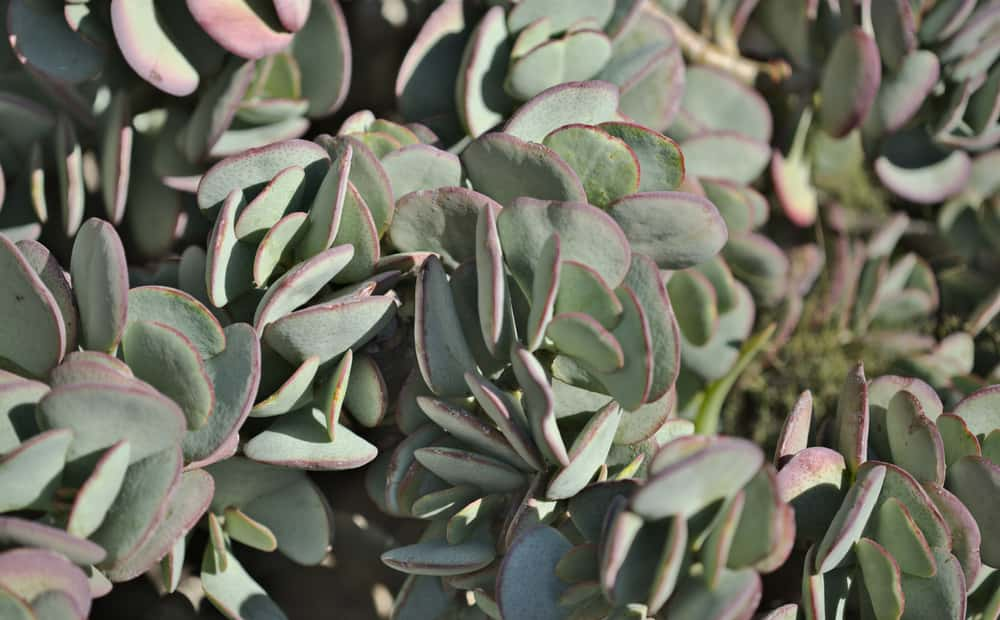
Silver dollar jade plants are commonly referred to as silver dollar jade or sometimes as blue Buddha bush. These types of jade plants carry silvery blue leaves with the succulent shrub. Their growth rate is relatively slow than other houseplants. The leaves, as they grow, tend to develop burgundy edges.
Their flowers grow from their tips and are typically long-lasting. Flowers appear during the autumn and winter period. The total height of these plants is around 60 cm. However, their height can be restricted if kept in containers or smaller pots.
Gollum Jade Plants
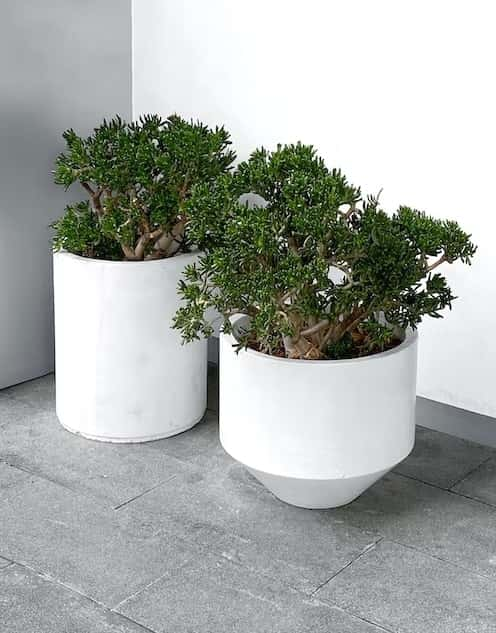
Hummel’s sunset, discussed earlier, is an artificially cultivated Gollum jade plant. However, Hummel’s sunsets are very difficult to find near you. But that doesn’t mean there are no other Gollum jade plants to grow. If one cannot find Hummel’s sunset, one can opt for the Variegata type of the Crassula Argentea Gollum. Crassula Argentea Gollum features unique foliage that can instantly elevate your living or bedroom style quotient.
The leaves are a lovely combination of white, green, and pink. The leaves and flowers flourish majorly during the months of autumn and winter. Kindly note that Gollum jade plants may require extra effort before their flourishing period. Maintaining their typical temperature, humidity, and nutrition is necessary to avoid stunted plant growth.
Blue Bird Jade Plants
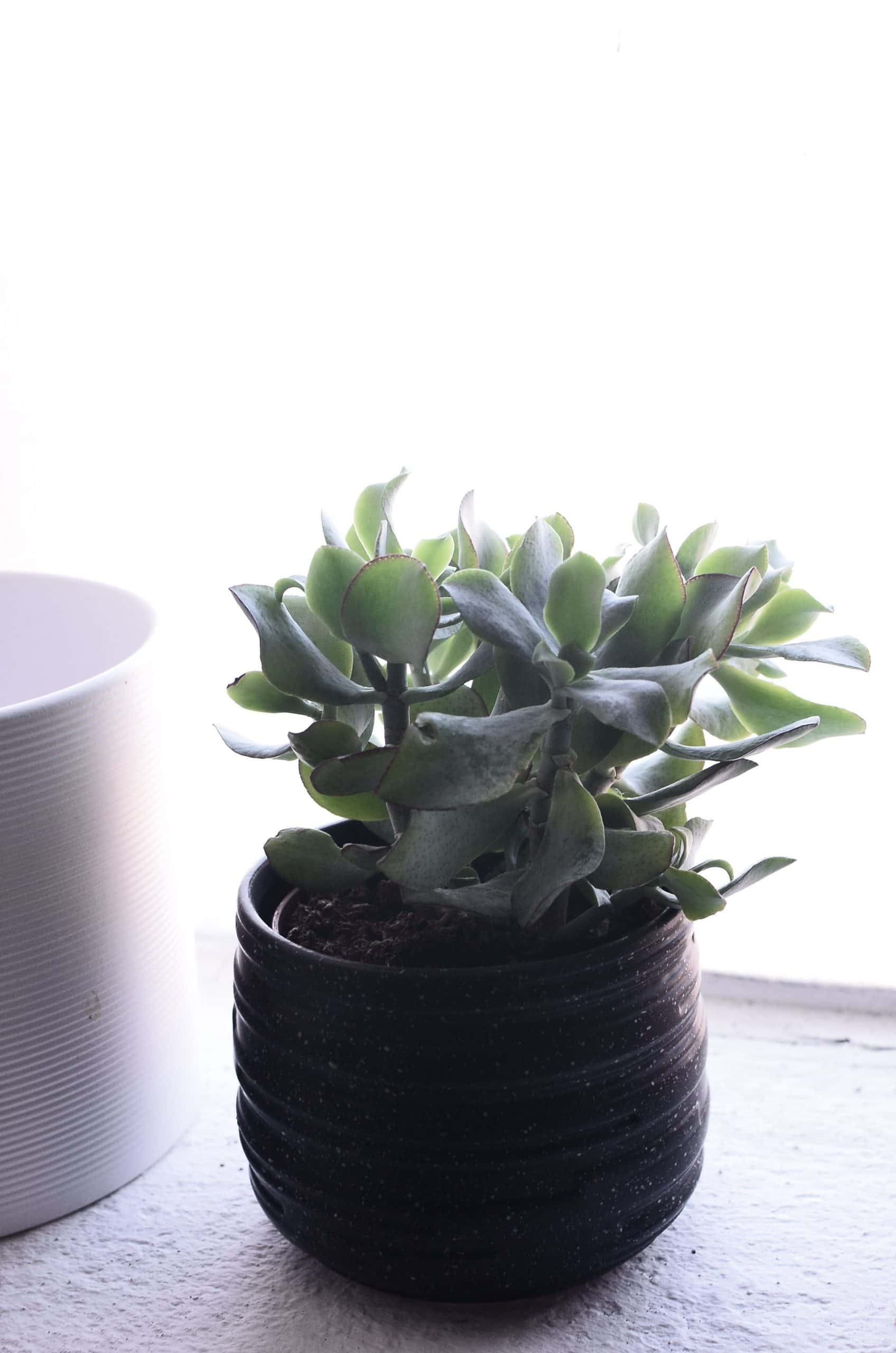
Scientifically called Crasulla Arbosescens, Blue Bird jade plants are called Blue Bird money, jade plants, or simply Blue Birds. The maximum height of Blue Bird does not rise above fifty centimetres, which can be restricted further by placing them in small containers.
They are slow-growing plants, like a majority of jade plants. But what separates Blue Birds from other jade plant varieties is their leaf colouration. The leaves are an amalgamation of different colours, mainly aqua, green, cream, and red.
Jade Plants- Crassula Ovata
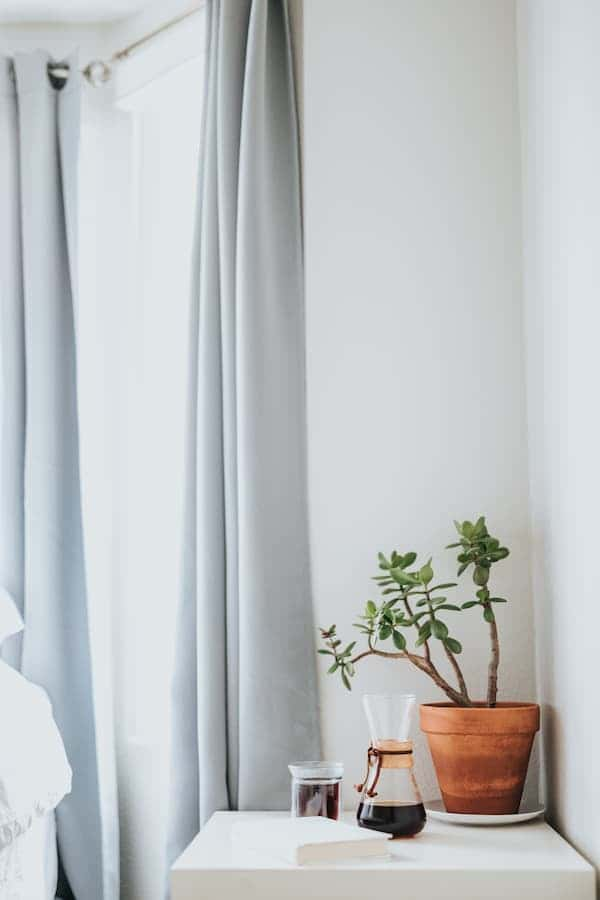
The most common type of jade plant is Crassula Ovata. Crassula Ovata is the first type of jade plant to be discovered and cultivated. These types of jade plants are also known as friendship plants or lucky Jade. Among all the available jade plant varieties, this variety is the fastest-growing jade plant and is also very hard to kill.
The typical height of Crassula Ovata is around two meters, but they can extend beyond that if given a suitable environment. You can spot new pinkish-white flowers during winter. The perfect way to grow these plants is to use them as a divider between two fields or areas. However, one needs to trim and shape them regularly.
Botany Bay Jade Plants
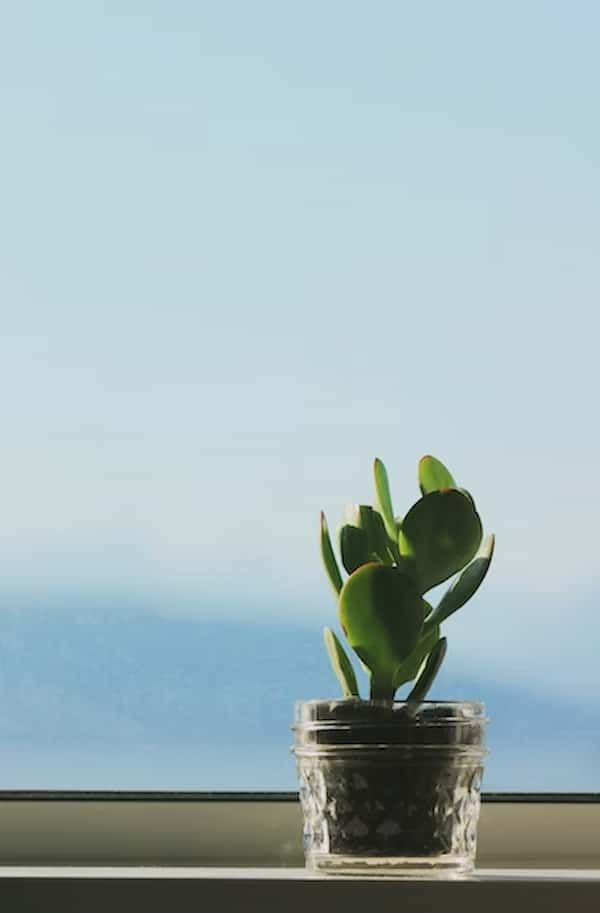
Compared to the other types of jade plants Botany Bay jade plant was recently introduced in 2011 as a compact and bushy plant. These plants can be trimmed and shaped into designs as per one’s taste if kept in a pot. Botany Bay requires at least four to five years of sunlight.
Under low-light conditions, their foliage can experience compromised levels of growth. In dry conditions, their foliage can also develop a red blush. So, one can see red blush during the winter months. Under ideal conditions, Botany Bay can grow to a height of one meter in five years.
Pink Jade Plants
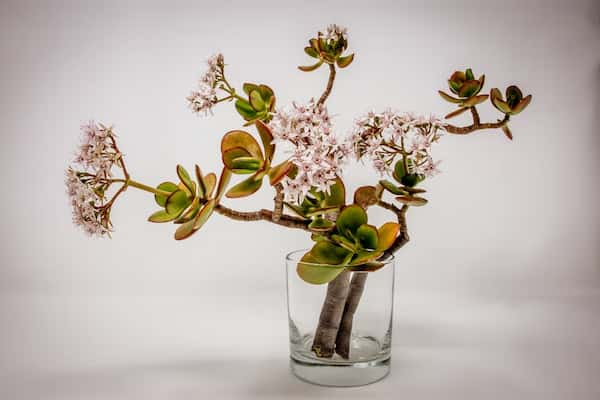
Pink jade plants are called Crassula Ovata Pink and get their names because of their bushy exterior. Unlike other jade plant varieties with more leaves than flowers, Pink Jade features an unprecedented number of flowers that usually bloom during winter and late autumn.
These flowers typically cover the entire plant, filling the exterior with a lovely pinkish colour. In winter, their foilage may develop red blush. So, it is recommended to keep them in bright artificial light conditions. These plants can also grow to a height of one meter over five years.
Crassula Moonglow
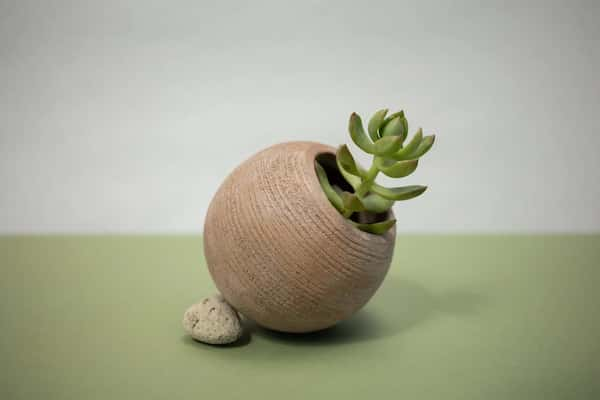
Crassula Moonglow is one of the incredible succulent plants you can grow inside your home or garden. They have chubby shrubs and leaves that are greyish-green in colour and are stacked one over the other.
Leaves also feature fine hairs, which lend them a velvety touch. While you can grow them inside your house, the ideal condition for these types of jade plants to grow is a spot where they receive plenty of bright lights and airflow.
How to Take Care of Your Jade Plants?
Even though many types of jade plants are available, buying a jade plant is relatively easy. But what is even easier is maintaining them. Technically, jade plants are very carefree and do not require their owners to hover over them for care and maintenance.
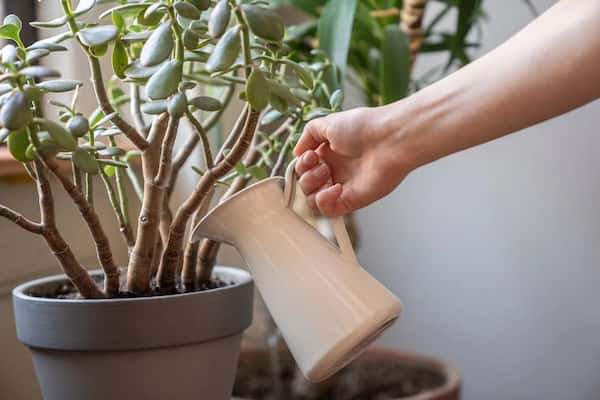
However, that does not mean one should plant them and forget them. Whatever they may be, plants need our love and affection from time to time. Therefore, one needs to ensure that they are spending some time with their jade plants and that their leafy friend is enjoying their time with you.
- All types of jade plants enjoy bright light and direct exposure to the sun for at least four to five hours daily. A minimum of four to five hours of direct sun exposure is necessary to prevent the leaves from turning deep green and developing drooping stems. Thus, ensure that your indoor jade plants are kept outside daily and exposed to the sun daily. If getting proper sunlight is not possible, at least nourish them with bright artificial light.
- All types of jade plants are versatile and can grow even in restricted containers. However, your jade plants will feel happier when kept in a generous-sized container or pot. Ensure that the size of your pot is at least 30 cm in diameter to prevent stunted growth.
- Infestations in all types of jade plants can be more common if not properly managed. They are most infected with mealy bugs and spider mites responsible for their poor growth. Therefore, you should frequently clean the dirt off the plant to avoid the risk of pest infestation.
- Pea gravel or chicken grit is the best planting mix that can be used to treat your jade plants for their healthy development.
- As per Feng Shui, keeping a jade plant by your front door can invite wealth and financial prosperity into the home and workplace.
- All types of jade plants have a certain level of toxicity for humans and animals when eaten. So, keep them out of reach of your pets and small children. Hanging them at the top of the balconies where they are out of the reach of your pets and kids could be a perfect spot.
Conclusion
Jade plants are lovely indoor plants. But unfortunately, not many know there are different types of jade plants. This unawareness keeps them from making different jade plant varieties a part of their home. Jade plants offer many benefits, from air purification to herbal treatment and even bringing positive vibes inside your home.
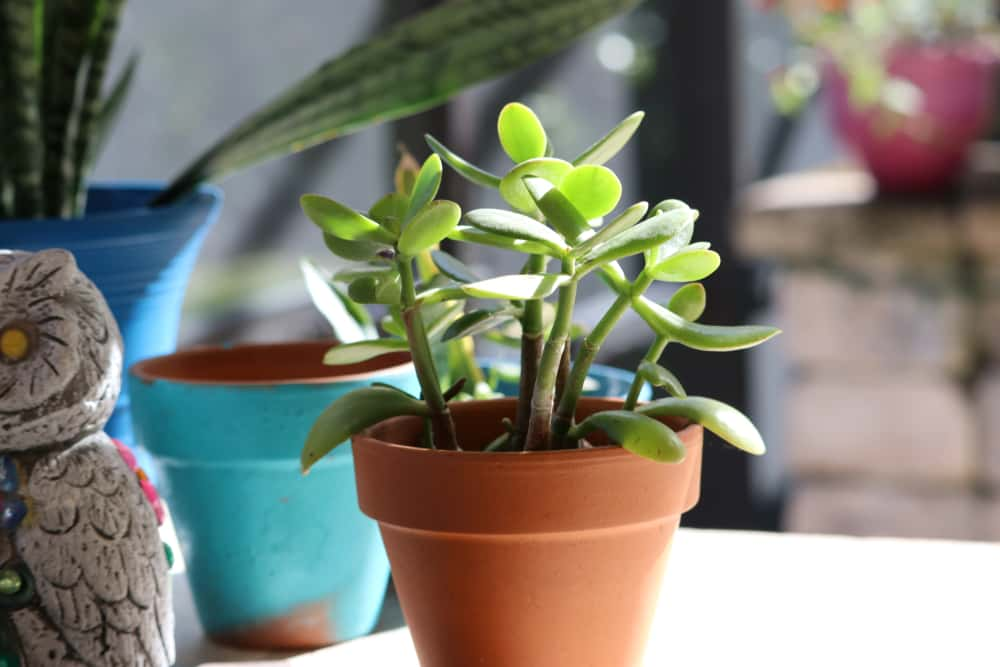
Despite these benefits, they do not demand too much time and care from their owners, thereby making them perfect houseplants for busy house owners. This article has surely helped you get acquainted with some of the popular types of jade plants you can grow indoors and outdoors. If yes, check out your local nursery right now and pick one that suits your taste and personality.
FAQs
1. How do one can identify jade plants?
Ans. Jade plants get their name from their jade-green-coloured leaves, usually oval or egg-shaped. They look like evergreen wedges and shrubs. You may also spot a reddish or orangish tint on the tip of their leaves. Jade plants and trees can have thick woody stems and slightly yellowish leaves when grown in hot tropical landscapes.
2. What are some benefits of keeping jade plants in your house?
Ans. Jade plants are hard-to-kill plants that can grow well in compact spaces and restricted containers. They are also used as a herbal treatment for nausea and diabetic symptoms.
3. Which type of jade plant is lucky?
Ans. As per Feng Shui, Crassula Ovata is considered lucky, which is believed to bring positivity, health, prosperity, and wealth.
4. Where should I place a jade plant in my home?
Ans. Different types of jade plants have different requirements. However, a majority of jade plants prefer bright sunlight. Therefore, keeping them somewhere where they can get proper light is recommended.
5. Does jade plants need sunlight?
Ans. Yes, all types of jade plants need sunlight for at least four to six hours daily. That is why you ensure you keep your jade plants in sunlight for enough hours to get the necessary nutrients.
6. Can I keep jade plants in my bedroom?
Ans. If you believe in Vastu, you are highly recommended not to keep jade plants in your bedroom or bathroom. It is better to plant Jade in your living room. As per Vastu Shastra, a flowering jade plant in the living room brings flourishing and prosperity inside the home.
7. Which jade plant is best?
Ans. All types of jade plants are best. But you can never go with the original Crassula Ovata Jade. They are tough to kill and can even sustain extreme conditions.

